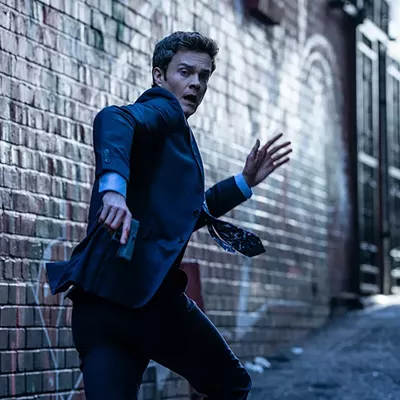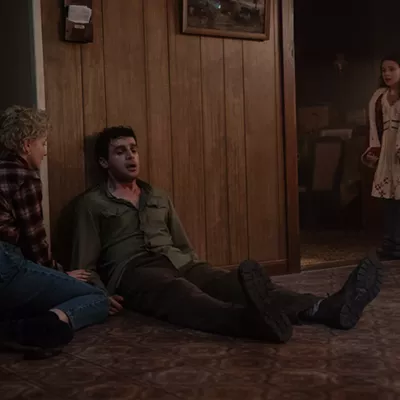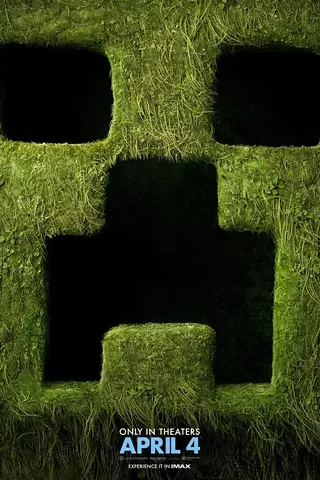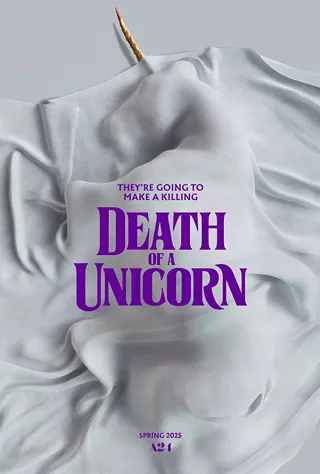The main selling point for Sanctum is that James Cameron produced it. But that doesn't get this one very far. Of course, the by product of being a 3-D movie with Cameron's name attached is the expectation that, if nothing else, it will at least look phenomenal.
Sanctum comes up empty on that front. And on so many others.
For Cameron, the appeal must have been seeing a more applicable version of the 3-D technology he used in Avatar. Sanctum does answer the question of what a live-action 3-D movie looks like without blue people and CGI, but it's probably the worst possible utilization; most of the film takes place either underwater or in the dark, where very little can be seen and none of it is appreciably- enhanced by the artificial depth 3-D offers.
Australian director Alister Grierson places a team of adventurers within the world's largest unexplored underwater cave, located in New Guinea. A raging storm forces the team to make quick and unfortunate decisions, diving deeper into the cave system than they are prepared to handle. Some crew members are better equipped to deal with it than others. The least qualified, unfortunately, are the film's writers, Andrew Wight and John Garvin, whose turgid dialogue and unforgivably simple turns of events calcify the movie in its tracks.
The team of seven is obviously too large a group of survivors—this is, after all, an action-adventure movie and not the story of Chilean miners—and the obligatory death scenes, while not unnatural or even unwarranted, are nevertheless peculiar. It's as if Grierson believes audiences will have never seen someone expire on screen. The deaths are protracted, predictably located and revealed as if the prospect of someone not surviving a miles-deep dive with depleted resources is a major surprise.
We know, too, that there must be survivors. Will it be the hardy world-class cave diver Frank McGuire (Richard Roxburgh), his son Josh (Rhys Wakefield), the billionaire thrill-seeker (Ioan Gruffudd), and/or the billionaire's hot girlfriend (Alice Parkinson)? There are others, but they are immediately identifiable as collateral damage.
Elementally, Sanctum is not much different from 127 Hours or Buried, although both of those films were more claustrophobic, featured better writing and were about the experiences of one person trapped with seemingly no way out. The characters all need to rely on their guile and keep their wits about them just when they seem to be entering their darkest hours.
Sanctum has one very solid performance, given by Roxburgh, which mostly balances out the awful presence of Ioan Gruffudd. He's best remembered as Mr. Fantastic in The Fantastic Four, but admittedly, "best remembered" could be a poor choice of words. Gruffudd is intolerable here, although the other players are serviceable in Roxburgh's brawny shadow. In contrast to Gruffudd's off-target portrayal, Roxburgh is so convincing that he isn't even recognizable as the same actor who played the conniving Duke in Baz Luhrmann's Moulin Rouge.
And then there is the 3-D. Unlike most Hollywood flicks that outfit you with plastic glasses, Sanctum was actually shot in 3-D. Native, they call it, as opposed to the post-production processes that take a two-dimensional movie and add an effect to give a more three-dimensional impression. This film even employs the same 3-D camera system Cameron perfected for Avatar. That's where the fun ends, however.
There is simply no benefit to this story or to the way Grierson deploys his camera that comes from using 3-D. There are no great sea serpents to fight, no awe-inspiring vistas that a flat screen cannot contain. It's just a non-starter from a technical standpoint. And with so little else compelling about it, Sanctum is just treading water.










